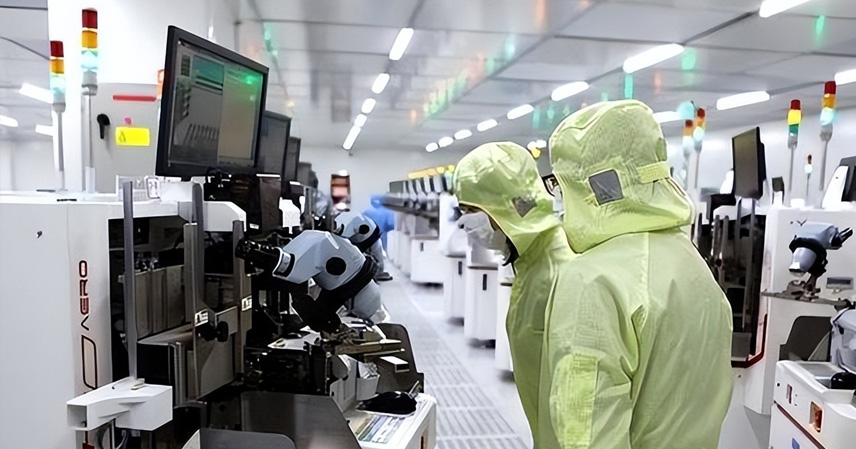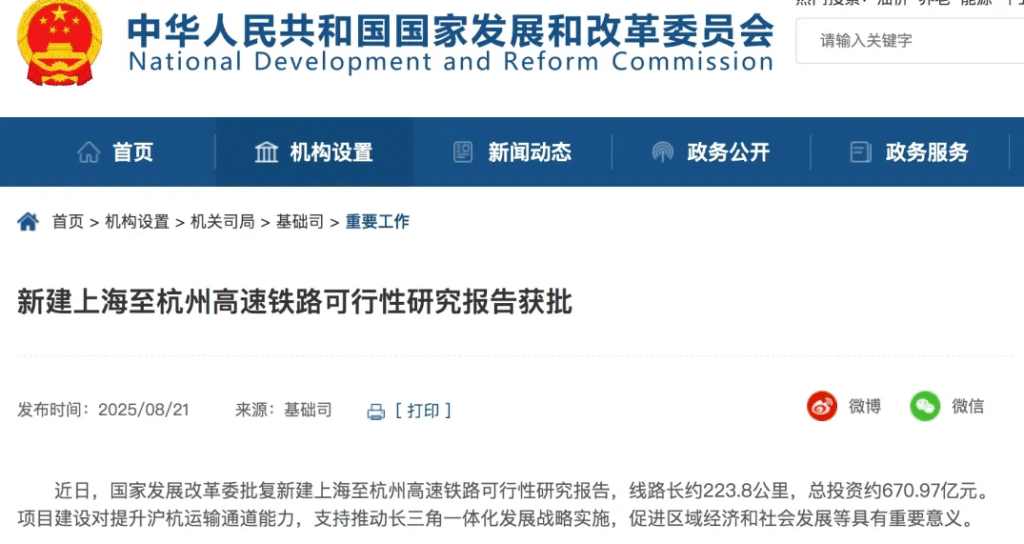Who would have thought that the chip industry once firmly controlled by the United States would now be overtaken by China?
Zhonghan Deng thrived in America, holding high-paying and prestigious positions, but he chose to return to China, bringing back his expertise. With determination, he built China’s chip industry from scratch.
America’s Monopoly on Chips and China’s Difficulties
The U.S. long dominated the global chip industry—from design to manufacturing, the world had to depend on American companies. In the late 1990s, China’s electronics sector was just beginning. Mobile phones, computers, and even defense relied heavily on imported components. Giants like Intel and AMD controlled supply chains, kept prices high, and could cut off supplies at will, stalling Chinese factories.
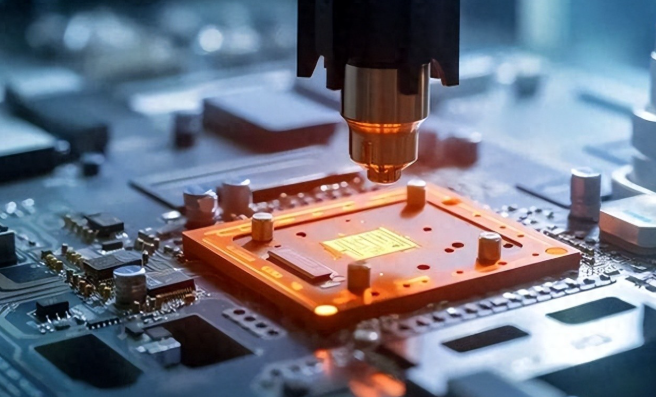
Zhonghan Deng had a passion for science from an early age. In 1987, he enrolled in the University of Science and Technology of China to study electronics. In 1992, he went to the University of California, Berkeley—one of the world’s top universities. Within five years, he earned a Ph.D. in Electronic Engineering, a Master’s in Physics, and a Master’s in Business Administration—becoming the first Chinese student to hold degrees across science, engineering, and business at the university.
He then joined IBM’s Silicon Valley division, working on VLSI (very-large-scale integration) design, securing multiple U.S. patents, and winning company awards. Later, he co-founded PIXIM, a company specializing in image sensors, which once reached a market value of $150 million.
But America’s monopoly was ruthless, while China’s chip sector remained a blank slate. In 1998, Deng discussed the issue with academician Guangzhao Zhou, stressing that China should not simply imitate but must pursue its own path. In 1999, he returned to China for the 50th National Day celebrations. Witnessing the country’s transformation, he made up his mind. That October, he resigned, packed his bags, and went back to Beijing. Together with Xiaodong Yang and others, he founded Vimicro Corporation, launching the “Starlight China Chip Project.”
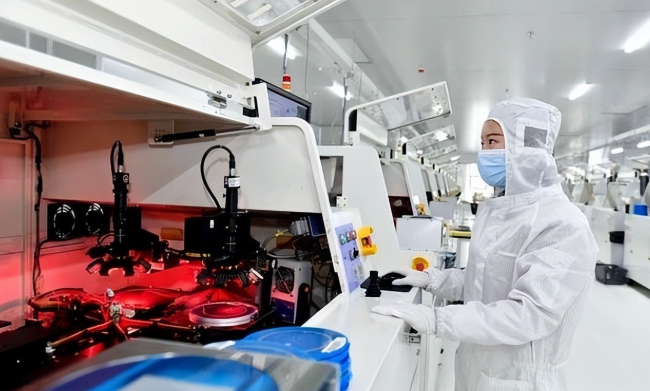
Meanwhile, U.S. restrictions on exports grew tighter. China’s dependency on imports was severe, and the supply chain fragile. Design tools and manufacturing still relied on foreign resources. Nevertheless, Deng’s team pressed forward, learning by doing and gradually filling critical gaps.
Deng Zhonghan’s Entrepreneurial Journey
Back in China, Deng went straight to Zhongguancun, Beijing’s technology hub. With modest resources, they rented a small office and assembled a team. In October 1999, the “Starlight China Chip Project” officially launched, with Deng as chief commander, focusing on image processing chips. Initial funding came from government support, but as the project grew, expenses mounted. When the company ran out of funds, Deng and three co-founders mortgaged their homes for bank loans to keep the project alive.
The biggest challenge was technology. Chip development required nanometer-level precision instruments—something China lacked at the time. Deng’s team started from the basics, iterating designs and improving step by step. In March 2001, they unveiled the “Starlight I” multimedia chip with over one million gates—China’s first fully independently developed large-scale digital multimedia chip. The Ministry of Science and Technology ranked it alongside Shenzhou spacecraft and the rice genome project as one of China’s landmark achievements.
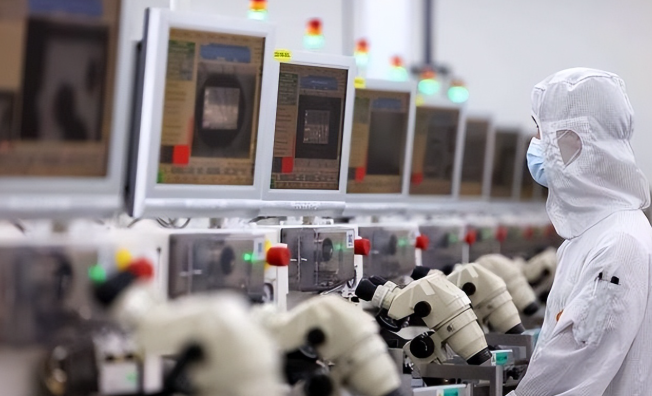
However, entering the international market wasn’t easy. When Deng approached Sony for collaboration, they declined, citing superior in-house technology. Unfazed, his team optimized their chips, added stability modules, and improved performance. By 2003, the “Starlight V” PC image input chip was in mass production, with Apple, Samsung, and Huawei among its buyers. The Starlight series expanded to 16 countries, capturing over half of the global PC image input market. In 2005, Vimicro went public on NASDAQ, and when Deng rang the bell, it symbolized China’s chips stepping onto the world stage.
Over the years, the company grew rapidly, filing over 3,000 patents worldwide and building five major chip technology systems covering digital multimedia, security monitoring, and artificial intelligence. In 2016, it released the world’s first embedded neural network processor—“Starlight Intelligent I”—combining national standards with AI architecture to drive machine vision. Later, “Starlight Intelligent III VC0768” supported advanced AI computing and was exported to Europe, Japan, and Korea. Deng also championed talent cultivation, established awards, and promoted science education to inspire younger generations to contribute to China’s tech development.
Despite escalating U.S. restrictions, especially after 2018, Deng’s team persevered. Their innovations found applications in security, smart homes, and national defense, strengthening China’s resilience.
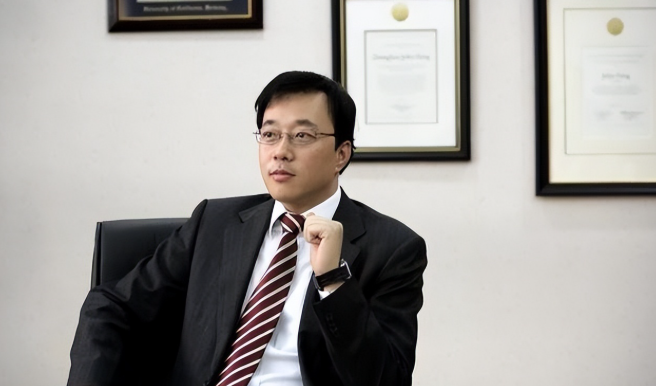
China’s Chip Achievements Comparable to Nuclear Weapons
The success of the Starlight series did not stop Vimicro from aiming higher. Deng understood that chips evolve rapidly and constant breakthroughs are necessary. Heavy investments in R&D and patent accumulation propelled the company to the forefront of AI chips. The Starlight Intelligent series, built on neural network technology, delivered world-class efficiency and performance. Its applications in security, smart homes, and defense carried strategic significance, comparable to nuclear weapons in their importance for national security and civilian life.
By 2024, China’s chip industry had made remarkable progress. From January to October, chip exports reached $130.9 billion, up 19.6%, with annual output surpassing $1 trillion. The global market hit over $600 billion, with China growing at 20.1%—faster than the U.S. at 18.2%. Chinese wafer foundries claimed over 20% of global market share, the largest worldwide. Though design and equipment lagged behind, progress was rapid. With billions in state subsidies, an ecosystem was forming, and talent gaps were narrowing.
In comparison, U.S. companies invested 17.7% of revenue in R&D, versus China’s 9.2%. However, China spent $38 billion on equipment investment, with design projects up 80%.
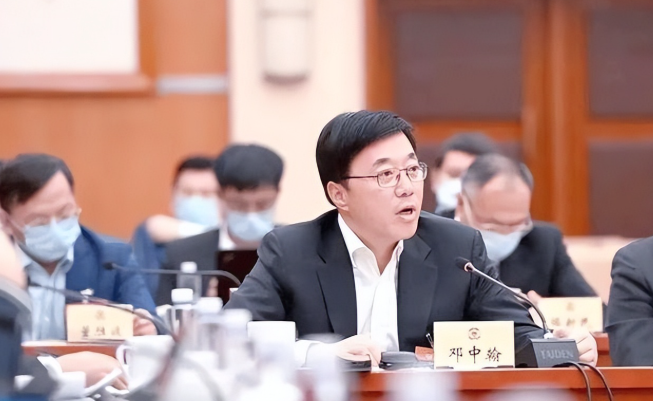
While the U.S. allocated $450 billion to new fabs and job creation, restrictions on China backfired, harming Western companies. ASML’s sales share in mainland China fell to 20%, but domestic 28nm breakthroughs showed resilience. Although gaps remain—especially in advanced design—the sheer scale of Chinese production was striking. In the first three months of 2024, China produced 109.47 billion chips, up 6%. With the 14th Five-Year Plan prioritizing integrated circuits, both private and state-owned enterprises accelerated development, supported by the influx of overseas-educated talent.
Looking ahead, the gap will continue to narrow. China’s dream of becoming a technological powerhouse is steadily advancing. The story of Zhonghan Deng proves that self-reliance works, and China’s chip industry is on a path of increasing strength and stability.
References
- Ministry of Science and Technology of China reports on chip industry
- National Bureau of Statistics (NBS) data on chip exports, 2024
- Company filings and Nasdaq records of Vimicro Corporation

